Starbucks’ MAHA Misstep
For paid subscribers: What Starbucks’ CEO Brian Niccol’s meeting with Robert F. Kennedy, Jr. says about the company’s embrace of coffee’s wellness trend—and the trend’s darker side.
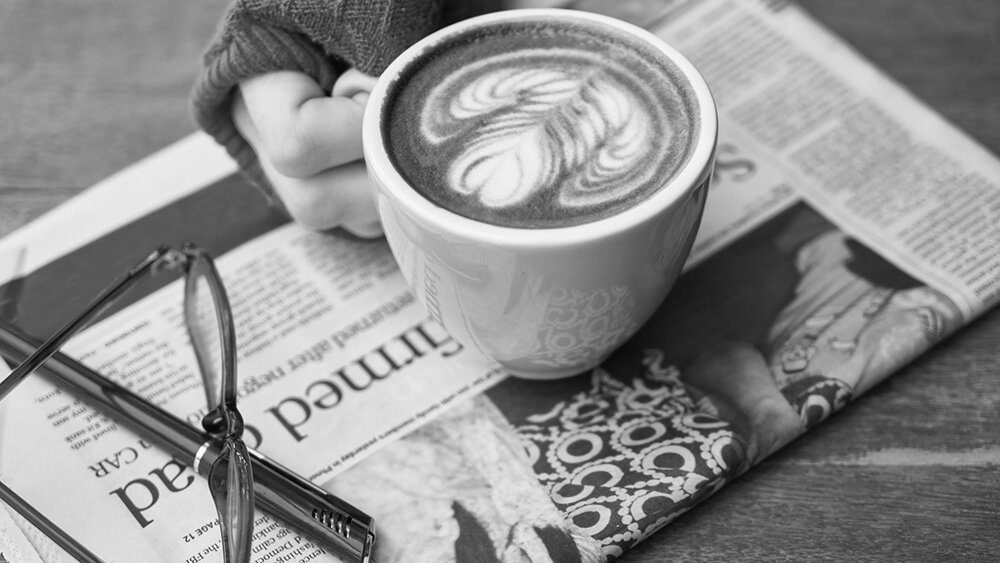
Hello and welcome to this week’s Coffee News Roundup, brought to you by the song Seasons (Waiting For You) by Future Islands that has been circulating imperiously around my head for the past 48 hours. Yes, I realize I’m five years late to it, but that’s about how far behind I am with most culture so there we go.
Anyway, this isn’t important except as a slightly lamentable look inside my musical taste.
On to the coffee!
And there’s only one place to start.
Not sure if “secret” is exactly right, but new research released this week has upended the establishment view on how to create a great espresso shot.
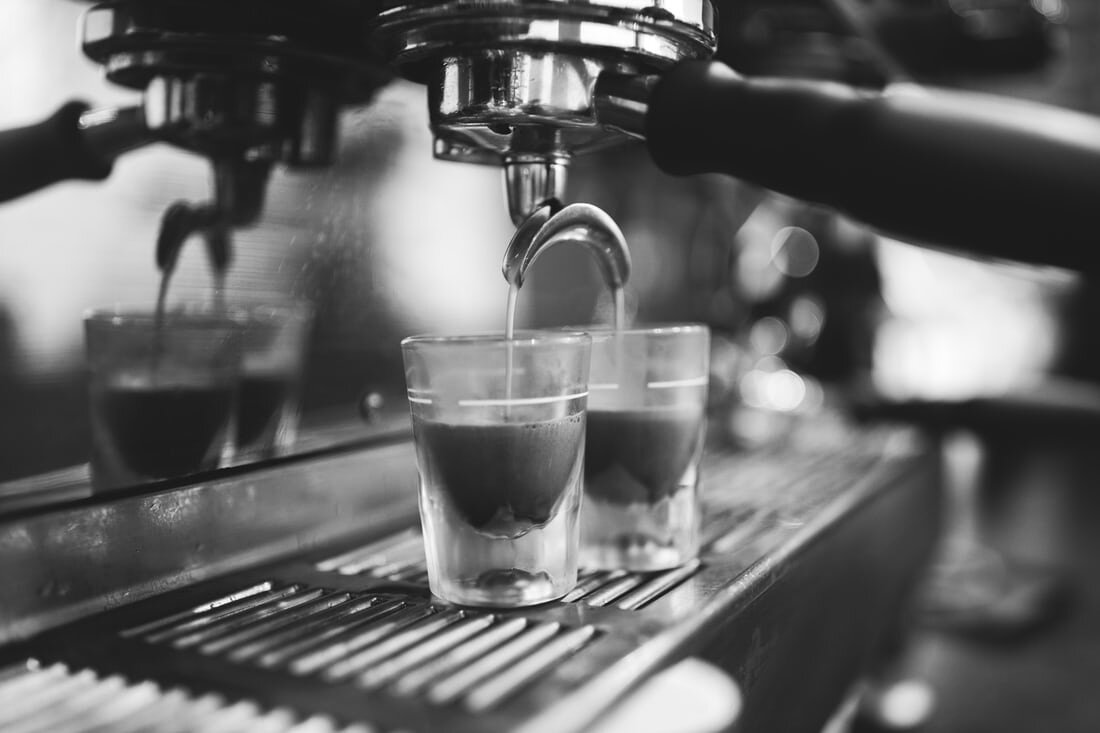
Generally speaking, with espresso the prevailing wisdom is that a finer grind and thus more surface area for extraction equals a tastier shot.
Not so, say the researchers.
The study, published in the journal Matter, uses math and stuff to argue for a significantly reduced dose of coffee—up to 25% less per shot—and a coarser grind to improve the consistency and taste of everyone’s favorite concentrated coffee-based beverage.
Now, I will happily admit that I don’t understand any of this—I tried reading the paper and it made my head hurt, so I’m going to encourage you to read this article in Sprudge and this one in Daily Coffee News for a better explanation of the study by people who at least (I assume) finished reading the darn thing.
OK, so let’s have some explanations shall we?
“The real impact of this paper is that the most reproducible thing you can do is use less coffee,” said Christopher Hendon, co-senior author of the study and famous within the coffee world for his research into water and grind consistency. “If you use 15 grams instead of 20 grams of coffee and grind your beans coarser, you end up with a shot that runs really fast but tastes great. Instead of taking 25 seconds, it could run in 7 to 14 seconds. But you end up extracting more positive flavors from the beans, so the strength of the cup is not dramatically reduced. Bitter, off-tasting flavors never have a chance to make their way into the cup.”
Aside from taste, the other focus of the paper is efficiency, because by reducing the amount of coffee used per espresso shot by 25% would save quite a lot of coffee.
The authors posit that the savings would add up to $3.1 million per year across the industry, although those savings would need to come from somewhere: to be precise, from roasters, importers, and farmers. So there’s that.
So can we all just finally agree that the coffee commodity market is based on nothing more than guesswork, fear, and apparently delirium?

As you’re probably aware, the C price for coffee (the price that for some reason governs everything else) has been falling for years. Sustained production booms in Brazil and elsewhere caused demand to shift, dropping the price to far, far below the cost of production for most farmers.
The price crisis, as it has become, has created unimaginable suffering for thousands of farmers which, combined with the ever-present and ever-increasing climate crisis, has caused many to abandon their businesses completely.
But then, lo! At the end of 2019, the price started to climb, amid fears that Brazil’s output could drop—there were even stories about warehouses lying empty as harvests waned. The price climbed, briefly.
But oh no, look, it’s down again.
Because of fear. Investors are worried.
Basically the coffee price crisis, and all the subsequent impacts on the industry and beyond, has been caused by some people with too much money and don’t really know what’s happening lurching one way and then back again in the vain hope that something will work out.
Seems like a sensible way for the world to work.
Coffee leaf rust is a fungal pathogen that’s been wreaking havoc on coffee plants across Central and South America for years.
Bradybaena similaris, commonly known as the Asian tramp snail, is an adorably-named invasive gastropod that traditionally eats plants.

According to scientists at the University of Michigan here in beautiful Ann Arbor (woo!), the latter has developed a taste for the former, and could help control the spread of the economically devastating disease.
The researchers discovered this by accident, when they noticed the snail’s bright orange trail on the undersides of coffee leaves in Puerto Rico. Intrigued, they conducted tests (presumably using beakers and Bunsen burners and hyposprays) and found that the snails had begun to consume the pathogen that causes leaf rust.
“Of all the natural enemies I have been studying, these gastropods in Puerto Rico most obviously and effectively clear the leaves of the coffee leaf rust fungal spores,” said Zachary Hajian-Forooshani, lead author of the paper announcing the findings.
Of course, introducing an outside biological element to try to control a problem doesn’t always work—just ask Australia.
Starbucks wants to cut its carbon emissions by 50% by 2030, according to an announcement this week that also talked about its goal of becoming “resource positive”, whatever that means.
In order to do this, Starbucks will cut down on single-use plastics and, er, start using more fake meat in its breakfast menu. That’ll do it.
According to CBS, “The company is testing reusable products at different locations, including Gatwick Airport in the U.K.” Ah yes, airports, beacons of sustainability.
For context, Starbucks’ carbon footprint for 2018 included “emitting 16 million metric tons of greenhouse gases, using 1 billion cubic meters of water and dumping 868 metric kilotons -- more than twice the weight of the Empire State Building -- of coffee cups and other waste,” according to Bloomberg.
I’m intrigued to see how Starbucks manages to cut that by 50% in ten years by introducing more alt milk and encouraging people to bring their recyclable cups. I suppose that’s why their executives get paid millions each year and I’m here being snarky about them on the internet.
The real question (apparently) is can teenagers safely drink coffee? The answer is yes (sort of).
According to this article in The Conversation, written by someone who literally studies the effects of caffeine on children, it’s fine for people over 12 to drink one cup of coffee per day, so long as they avoid other caffeinated substances.
Is this good? Does it mean coffee is healthy? What’s the point of including it? I don’t know. It seemed relevant.
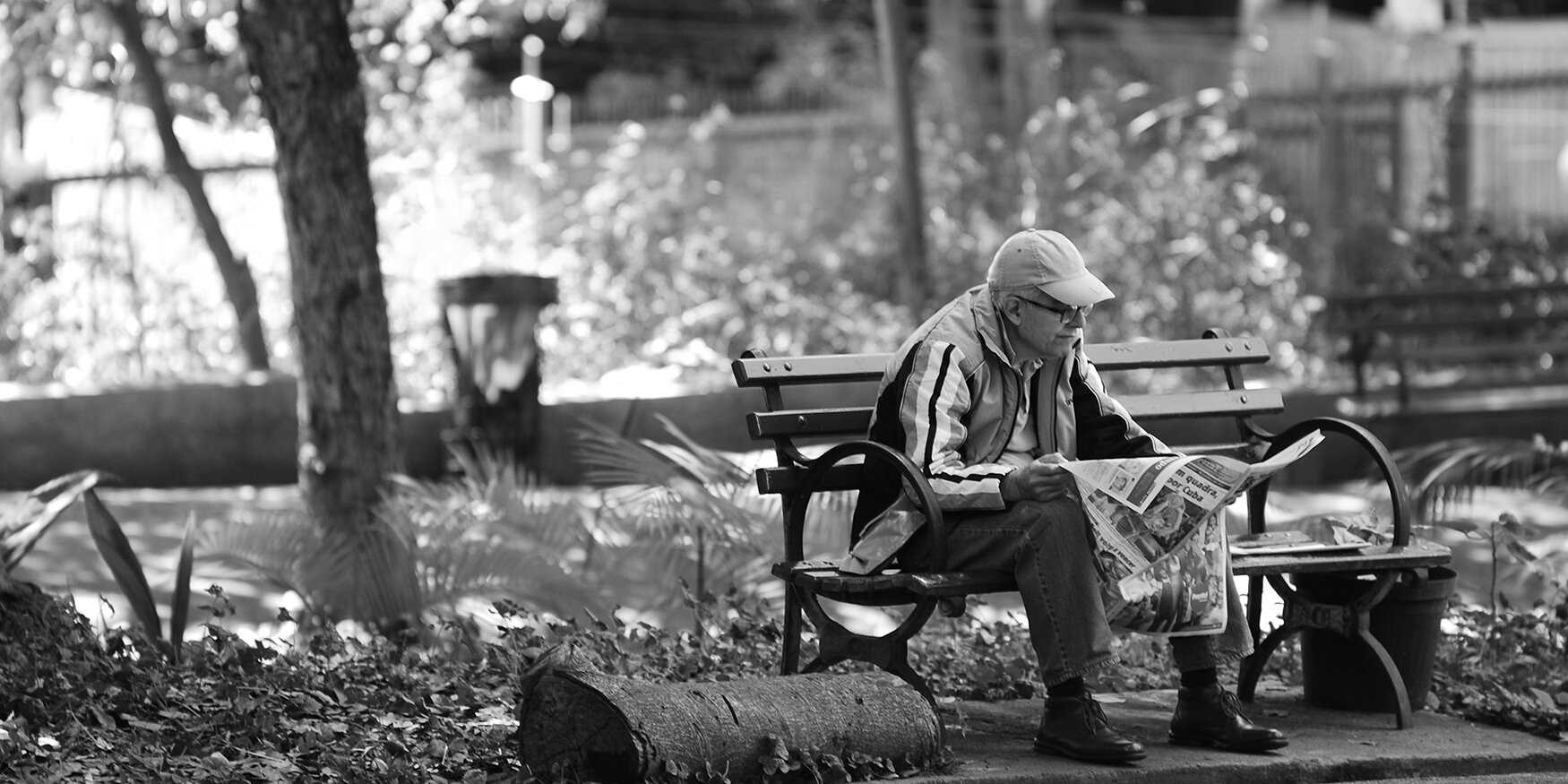
The Value Of Café Culture For Nonbinary Baristas by Mark Van Streefkerk
Seaside Cup Of Joe: How A Small City Became South Korea’s Coffee Central by Eisya A. Eloksari
Until next week, drink good coffee. 25% less, but still good.
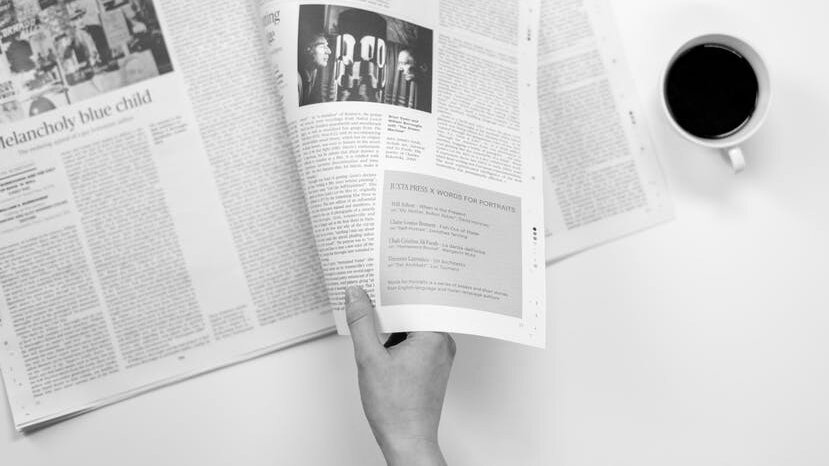
Jul 29, 2022 Coffee News Roundup: Week Ending July 29th Jul 29, 2022 Jul 29, 2022
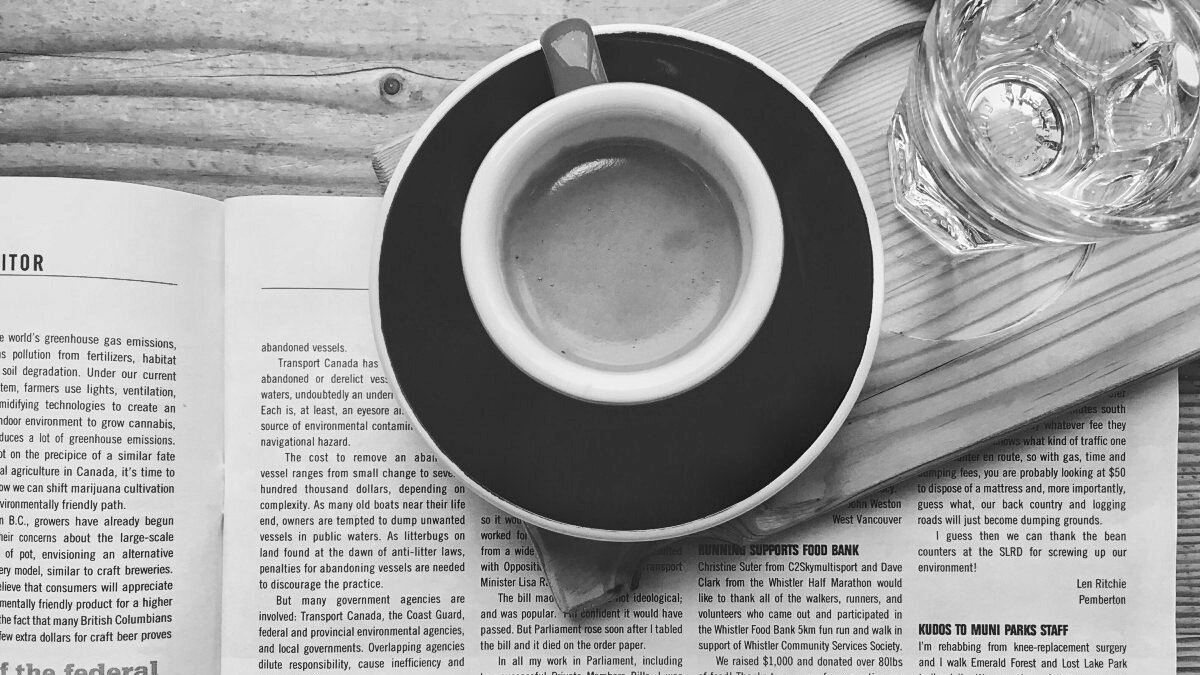
Jul 23, 2022 Coffee News Roundup: Week Ending July 22nd Jul 23, 2022 Jul 23, 2022
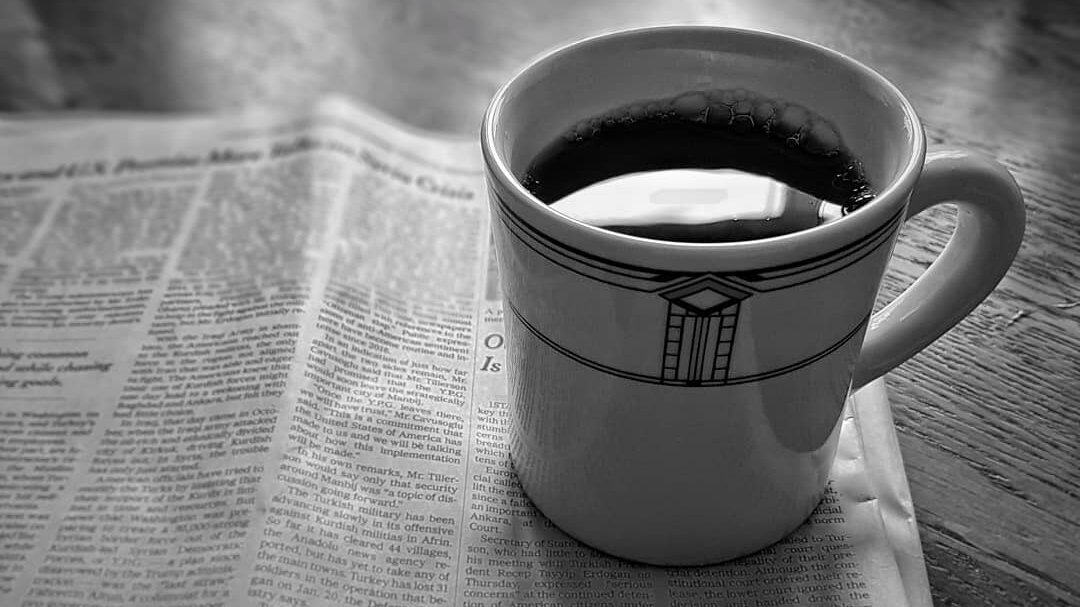
Jul 15, 2022 Coffee News Roundup: Week Ending July 15th Jul 15, 2022 Jul 15, 2022
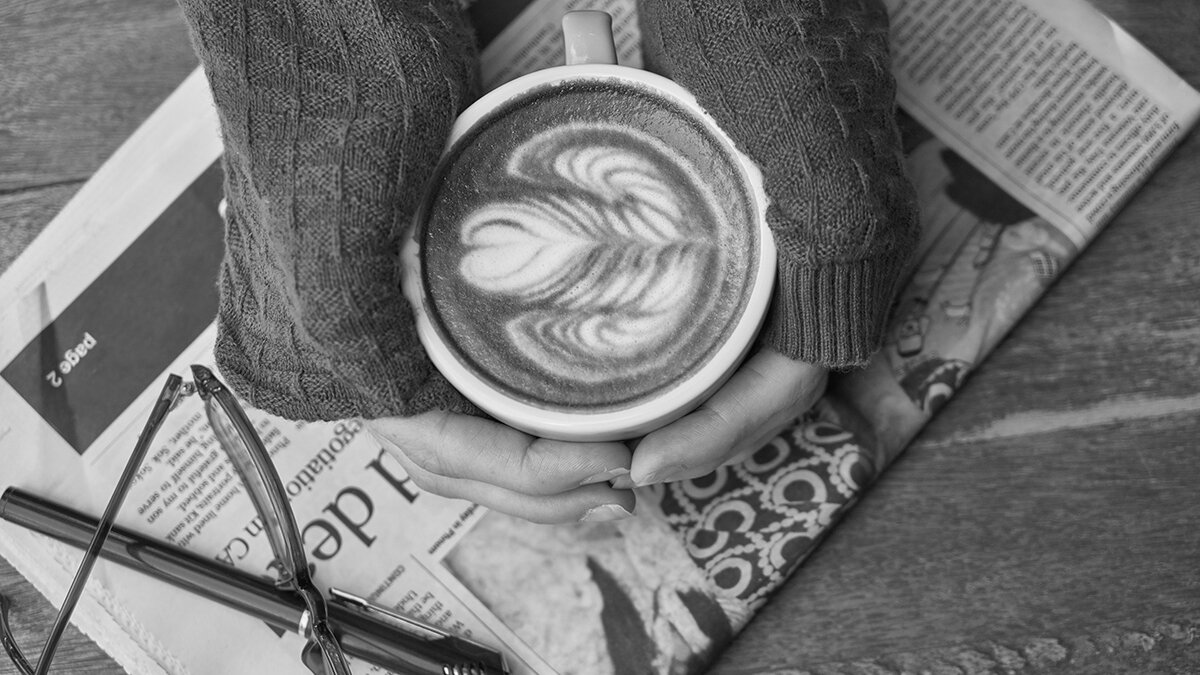
Jul 9, 2022 Coffee News Roundup: Week Ending July 8th Jul 9, 2022 Jul 9, 2022
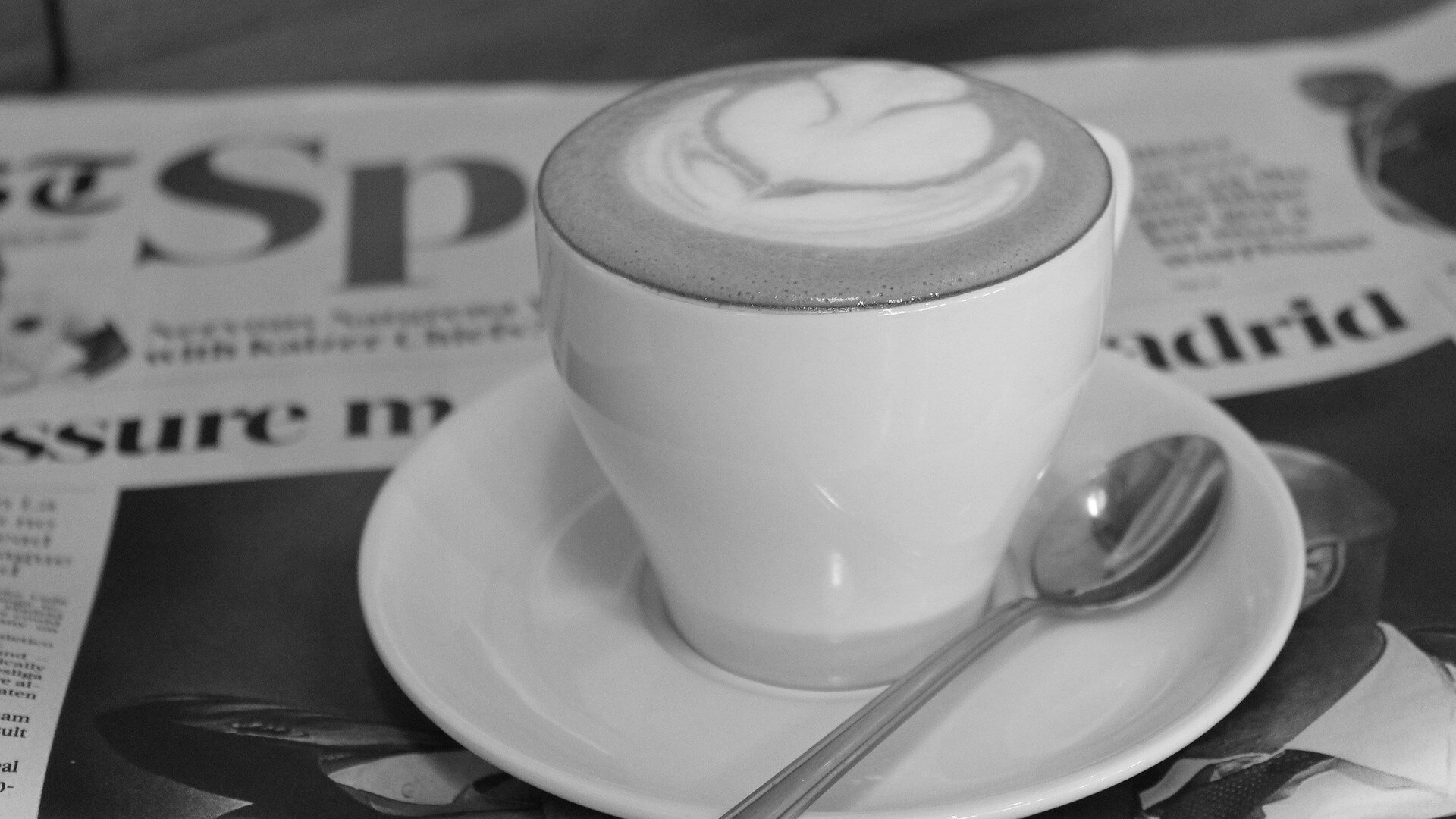
Jul 2, 2022 Coffee News Roundup: Week Ending July 1st Jul 2, 2022 Jul 2, 2022
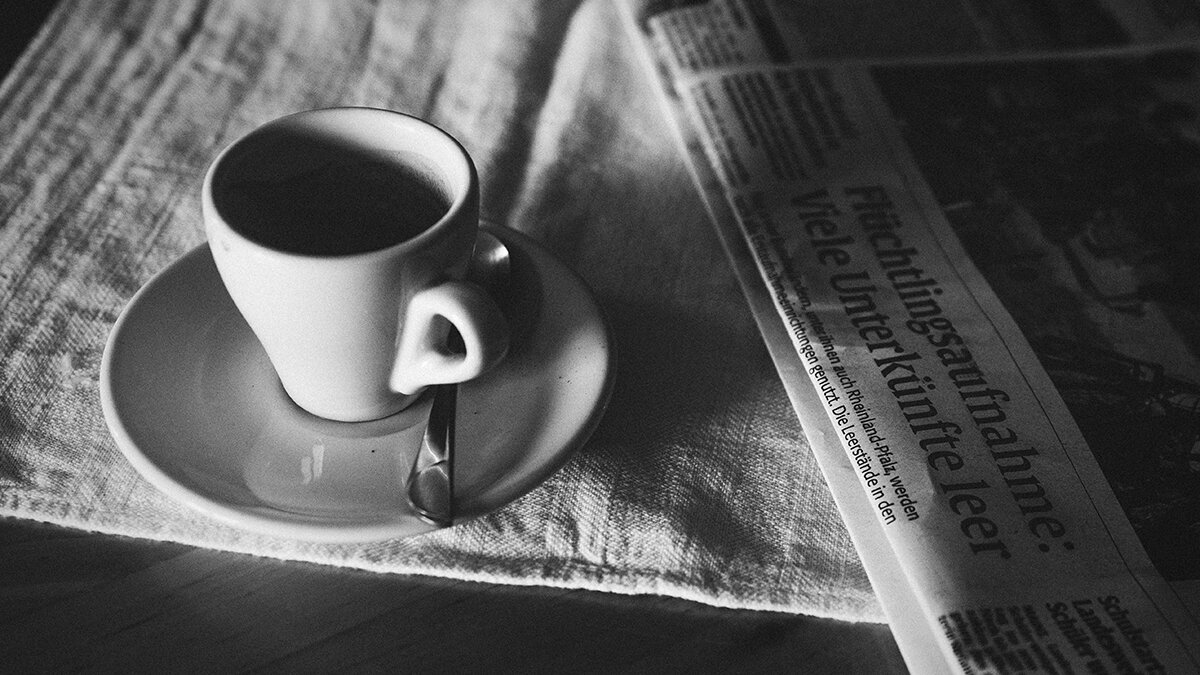
Jun 24, 2022 Coffee News Roundup: Week Ending June 24th Jun 24, 2022 Jun 24, 2022

Jun 17, 2022 Coffee News Roundup: Week Ending June 17th Jun 17, 2022 Jun 17, 2022

Jun 10, 2022 Coffee News Roundup: Week Ending June 10th Jun 10, 2022 Jun 10, 2022

Jun 3, 2022 Coffee News Roundup: Week Ending June 3rd Jun 3, 2022 Jun 3, 2022

May 27, 2022 Coffee News Roundup: Week Ending May 27th May 27, 2022 May 27, 2022
A newsletter about coffee—its culture, politics, and how it connects to the wider world.